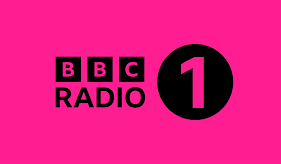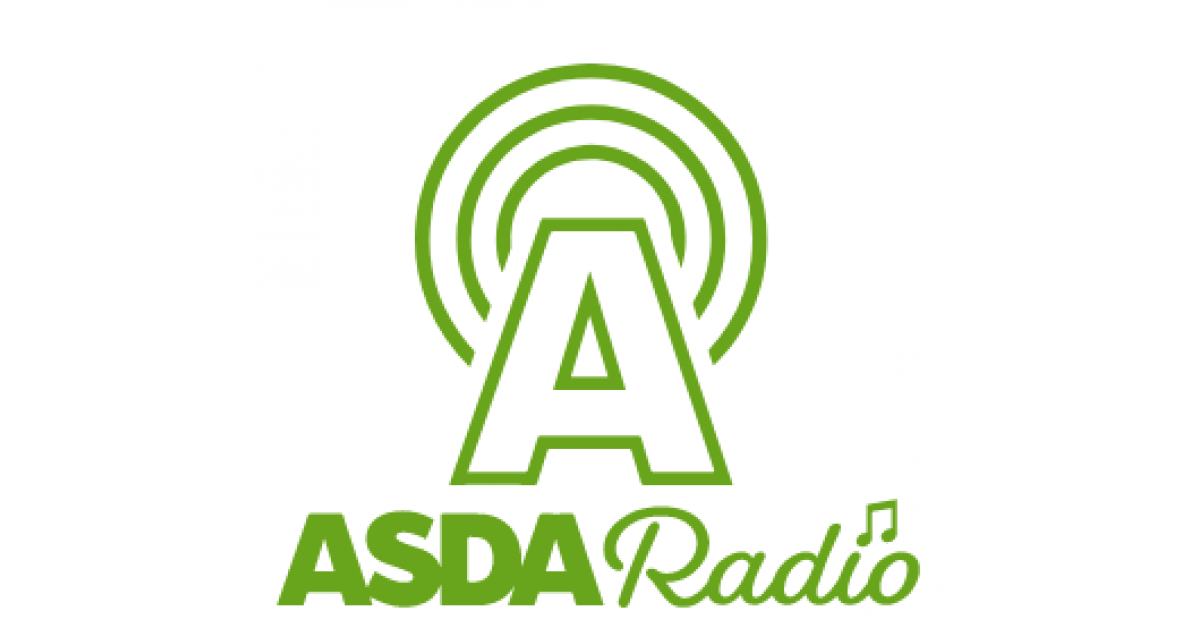Radio
Public Radio:
Radio funded by the public via TV licensing and taxes as well as government funding. However, because it's being funded by listeners, adverts can't be played and products can't be promoted. They also can't offer cash prizes for competitions as its their money for funding the radio.
- BBC Radio 1: A radio station ran by the BBC that prioritizes playing popular music and current chart hits. In the evening they play different genres of music such as indie and hip hop. Its target audience ranges from 15-29 year old but as the years go on and young people hold less interest for radio, this age group has increased. As of September 2023 the station has recorded a weakly sum of 7.7 million listeners.
- BBC Radio 2: Another radio station ran by the BBC with a wide selection of genres and music including country, jazz, rock 'n' roll and soul. It's the most popular station for the BBC company with an average of 13.4 million listeners a week which is almost double BBC Radio 1.
This is the most popular type of radio with the general public as they are already familiar with the BBC and what content they provide. At least once of these stations that are affiliated with BBC will have something related to every possible audience ranging from pop music for young people to classical music for older people. In order to reach that grand audience, the shows will be transmitted through a variety of distributions, including PM, DAB and AM radio, which can travel through a greater distance and makes all the shows available worldwide.
National Commercial Radio:
- Capital FM: An independent radio station broadcasting in London and all across the UK. Its known for it pop-music formatting and lively presenters. Unlike BBC, Capital is funded through music licensing, advertising and promotional packages. This means the quality is higher than most other radio productions and can afford to license more popular music and include more familiar hosts and celebrities. Because of this quality, the average listening numbers for Capital FM is around 6.2 million listeners a day, with the age group being between 15-30 years old.- Hallam FM: An independent radio station, similar to Capital FM, located in Sheffield and broadcasted across South Yorkshire. As a Commercial radio, it's similarly funded through advertising and promotional packages, as well as popular competitions. They play hit music as well as pop music that appeals to the mainstream audience. This is also because of how well funded the show is and, like Capital, makes it popular to the general audience, reaching 438,000 listeners per day.
The difference between public and commercials radio is that they're funded through advertisements and endorsements. Major companies will have multiple stations in their ownership which caters to multiple different audiences. Money is also made through competitions in which people call and message to submit, which funds them through pound per text. As stated in its name, these types of radio industries are transmitted through FM radio, which is a short distance but high quality distribution,
Regional Radio:
- Radio Sheffield: A radio station which airs and is based around the city of Sheffield. It's funded by the BBC, similar to public radio, but focuses on topics around Sheffield, such as the weather or regional news like football. This is accompanied by mainstream pop music and regional presenters who are most likely not well known outside of the city.- TX1 Radio: A radio station based in Doncaster and Bassetlaw. Unlike Sheffield Radio, this station is independently funded similar to Hallam FM. They play popular music and mainstream soft rock with the presenters also being regional to Doncaster or Bassetlaw.
A radio station which focuses on a regional audience which tailor to their specific news and advertisements based on the area; It can be either public or commercial radio. Content in these stations include weather, news, traffic reports and regional outgoings and are presented by those who live in that general area. Advertising is the main way that regional radio is funded, which will promote products and services that are familiar with the area.
Not for Profit Radio:
- Hospital Radio: Stations that play in hospital waiting rooms, including licensed indie and pop music. Other content is included like sports commentary based on the local area where the hospital is located; for example, St James Hospital in Leeds provides commentary on the Leed's cricket and rugby matches.
Radio stations that is created not to make profit and keep costs at a minimum. They rely on volunteers to keep things running, tailoring content based on their listeners and services. Lots of popular DJs and producers start with these stations as they're not turned down as often as stations with higher funding.
Community Radio:
- Leeds Student Radio: Community radio broadcaster by students in Leeds University. No profit is made from this as it's completely funded by the university and volunteer work from the young presenters who use this as a portfolio or to start a career in radio presentation.Radio created by a community of volunteers for a specific community or area. It covers small geographical areas and targets particular demographics based on age, ethnicity, gender, religion and group. Mainstream audiences may not be as enthusiastic about it as explorers or reformers. This isn't guaranteed to make any money at all aside from the possible donation which also means that the quality of the radio station will be poor.
Internet Radio:
- Tune In: A webcasting radio station that plays multiple genres and generations of music for free online. This is non-profit as it's promoted by larger radio stations such as Hallam FM and Greatest Hits Radio, who also wish to have their content distributed through the internet. This is more of a sub-distribution as it is also used by other types of radio stations, such as public radio, to distribute their content even further than only radio signals. The content, producers and genres of music is varied and unspecific for most internet radio shows, such as Tune In.Radio stations which are distributed on the internet, free for anyone to access. The content created can be both live (hence the term webcasting) or pre-recorded, like some podcasts. Because its available on the internet, this type of streaming is global meaning anyone can listen if they're connected to the web. These stations also tailor more to audience requests and preferences, and are funded based on the internet service used and how media on said service is funded, if at all. As you could probably guess, this type of radio content is transmitted through satellite signals via the internet, that can reach a wide range of people from across the globe.






Comments
Post a Comment